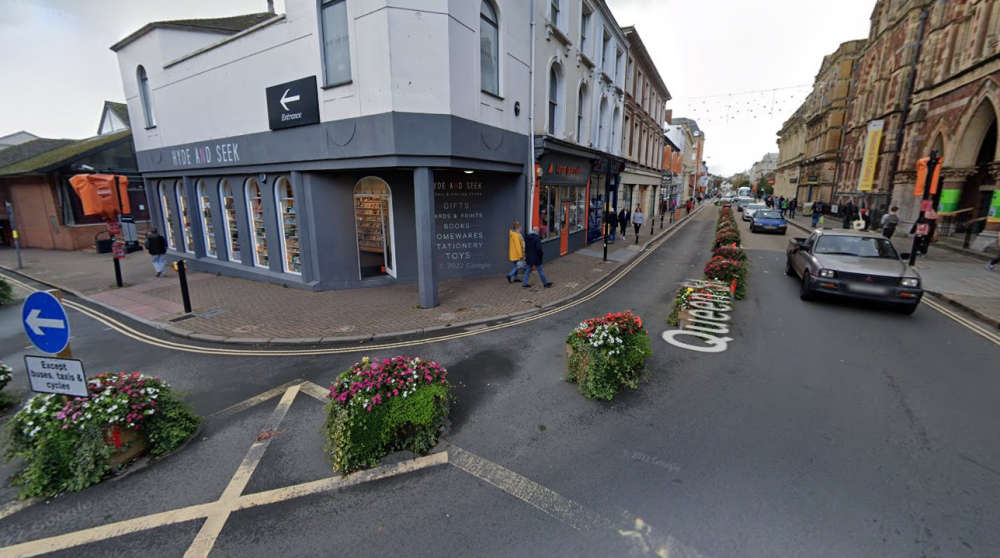
And they're not the last!
A temporary one-way layout on Queen Street in Exeter will become permanent, depsite the public being split on whether to keep the changes.
Councillors have now agreed to spend £250,000 constructing a layout similar to the current ‘pop up’ one, put in early last year to help with social distancing and to encourage walking and cycling.
As part of the scheme, approved by the Exeter highways and traffic orders committee (HATOC) made up of county and city councillors, the southern pavement opposite the Royal Albert Memorial Museum will be widened and two cycle lanes will be added either side of a single lane for motor vehicles.
Like the current temporary setup, the road will remain one-way eastbound between Paul Street and Northernhay Street. The Iron Bridge will also become permamently one-way westbound from Paul Street to south of Dinham Road.
When the measures were introduced, Devon County Council described them as ‘temporary’ but a four-week consultation on whether to keep them subsequently took place last year, following a recommendation from HATOC.
Of around 600 public responses received, they were broadly spilt 50-50, though improving the area for pedestrians was broadly welcomed and the majority of local organisations were in favour.
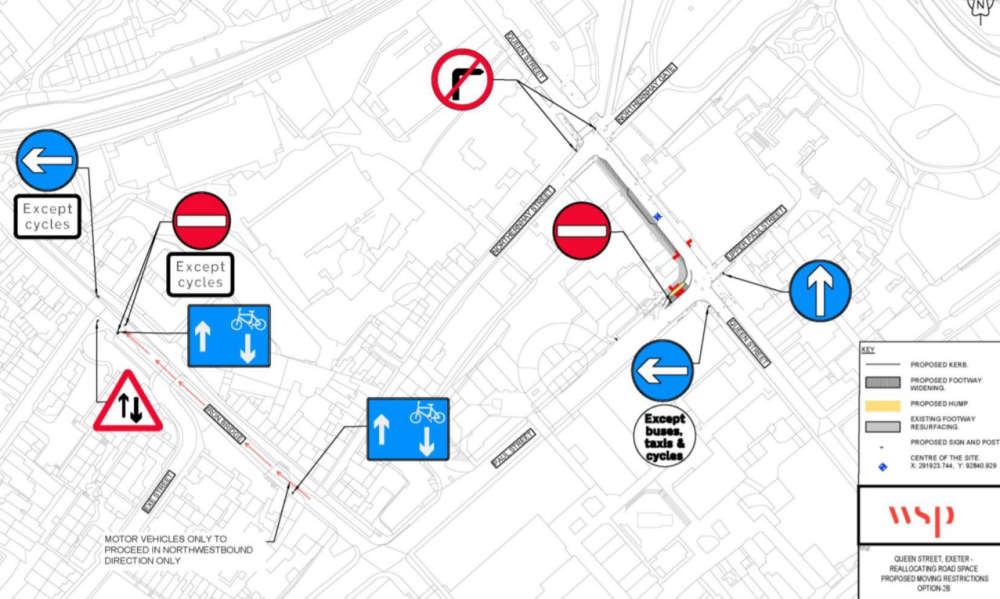
Will Pratt, the council’s lead for transport, strategy and infrastructure delivery said traffic volumes had reduced by 25 per cent on Queen Street and 35 per cent on the Iron Bridge since the changes were introduced, while the number of people cycling on Queen Street and Iron Bridge has gone up.
He said: “It’s a small intervention with a big change, that helps to significantly improve the environment for the most important users in that part of the city centre.”
 Exeter College principal and chief executive John Laramy said last year: “I think the pilot that’s been happening has worked brilliantly. It gives pedestrians and cyclists more space, so we’d fully endorse the idea of actually making Exeter a little bit more car-free and a little bit more bike and people friendly.”
Exeter College principal and chief executive John Laramy said last year: “I think the pilot that’s been happening has worked brilliantly. It gives pedestrians and cyclists more space, so we’d fully endorse the idea of actually making Exeter a little bit more car-free and a little bit more bike and people friendly.”
However, members were previously told there had been complaints about vehicles having to drive further to navigate round the one-way system, while views were mixed on whether the Iron Bridge should be reopened fully or pedestrianised.
St David’s Primary School was also against the changes, while the public consultation found the majority of properties on Queen Street, Dinham Road and St David’s Hill wanted the temporary measures scrapped altogether.
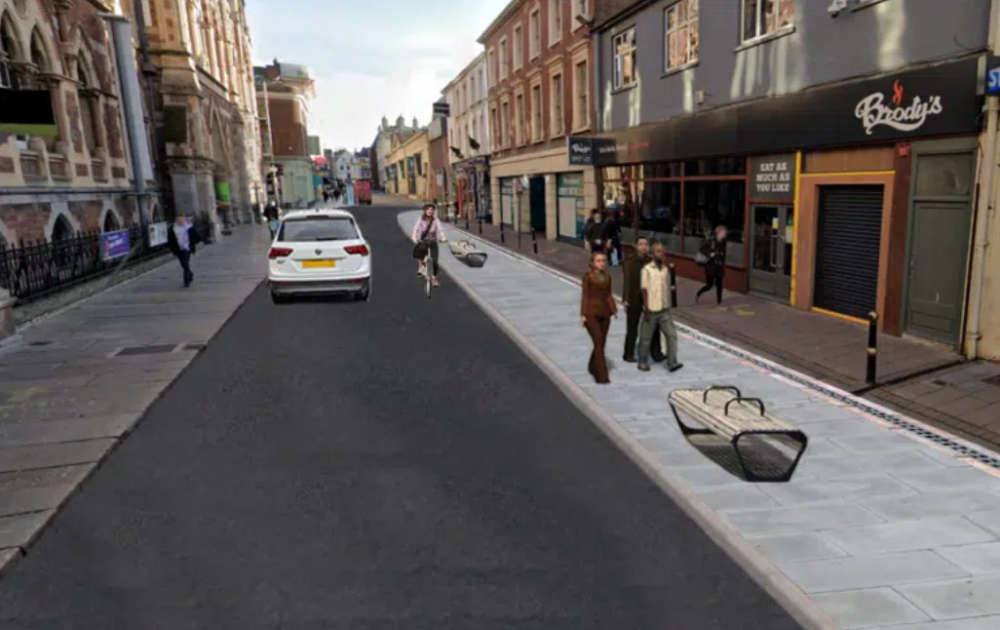
Local ward member Councillor Carol Whitton (Labour, St David’s) said that although the local communities in Dinham Road and St David’s Hill were more against the scheme than the rest of the city, she was in favour.
“Queen Street is very much part of our city centre. It has a role for the wider community. And for that reason, I do urge members to take into account the stronger response from the wider community in favour of addressing these issues in Queen Street and as a result on the Iron Bridge as well.”
Cllr Whitton added the positive response of stakeholders “really does push us towards the balanced view of saying the majority of our community – when we look at the bigger picture – is supporting that we proceed with this.”
But Councillor Peter Holland (Conservative, St Loyes) questioned what impact it would have on car traffic in the city, given that it would cause congestion elsewhere, and described the plan as “like a bubble under wallpaper.”
“We will solve Queen Street perhaps if this is adopted today, but those cars aren’t going to go anywhere else other than in the nearby roads. And in doing so they will reduce the air quality and until 2030 – when we have legions of electric cars – that will go on,” he said.
Councillor Rob Hannaford (Labour, St Thomas) said he supported the layout becoming permanent, “predominantly for the safety of all the college students.”
“We know that all along there, there are Exeter College buildings with hundreds and if not thousands of students. And during their break times, they all pour out onto very narrow pavements, so I particularly welcome the fact that you’re widening that footway.”
However, Councillor Percy Prowse (Conservative, Duryard & Pennsylvania) criticised the amount of attention that was being paid to stakeholders rather than nearby residents: “As important as their views may be, I do like myself to pay attention to what the voters have actually told us.”
A number of councillors also expressed concerns about the potential impacts of the scheme on people with visual impairments, particularly surrounding the planned no entry bypass for cyclists. Mr Pratt said there would be a meeting with the RNIB to see if any possible modifications could be made.
The committee approved the scheme, with two members voting against.
The approved scheme
- There will be permanent changes to both the Iron Bridge and Queen Street. The eastbound ‘no entry except cycles’ on Iron Bridge will be made permanent and these will be illuminated.
- On Queen Street, the southern footway (outside Brody’s and Chime) will be widened to four metres wide. Vehicle carriageway will be narrowed to a single lane width between Northernhay Street and Paul Street with cycle lanes in both directions.
- Vehicles and cycles in this section of Queen Street will be controlled by traffic lights. All existing pedestrian crossing points at the bottom of Northernhay Gate, outside the RAMM, top of Paul Street and Queen Street will be incorporated into the lights.
- A loading bay, similar to the one on Longbrook Street that can also be a footway when not in use, is planned on the narrowed section, to help businesses in this area without rear access. Further discussion on the loading requirements and specific location are ongoing.
- Consideration will also be given to any additional street furniture, such as benches and or planters that could be provided to improve the area and support local business.
- To maintain capacity at the junction and reduce delays, there will be a no entry for vehicles at the top of Paul Street and left turn only at the top of Northerhay Street.
- To support cycle access towards Exeter Central, the college and university, the council plans to provide them with a bypass of the no entry at Paul Street. They will still be expected to give way to pedestrians, and the cycle route through this section will be raised to slow speeds.
- The eastern loading bay at the front of Exeter Central Station will be turned into a taxi rank.
 Three people charged with attempted murder
Three people charged with attempted murder
 Body found in Cornish woodland
Body found in Cornish woodland
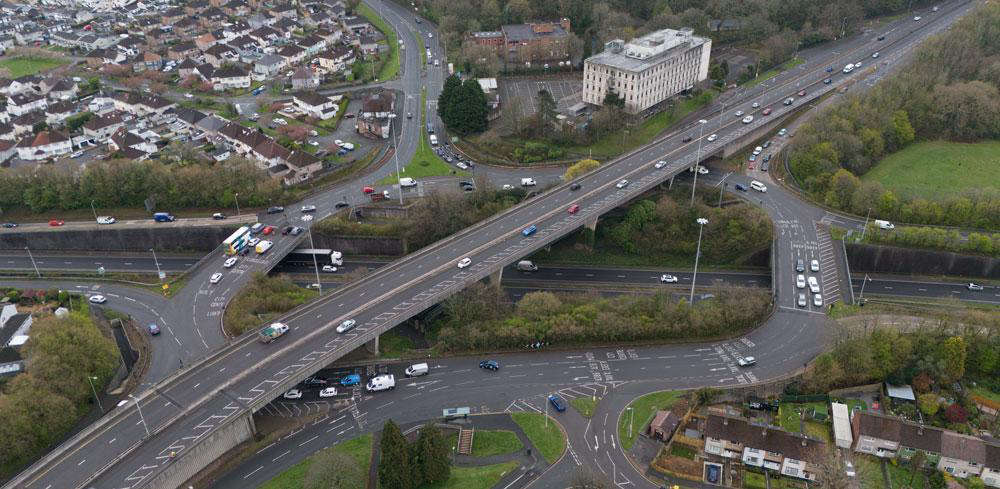 Costly Plymouth road project sparks council row
Costly Plymouth road project sparks council row
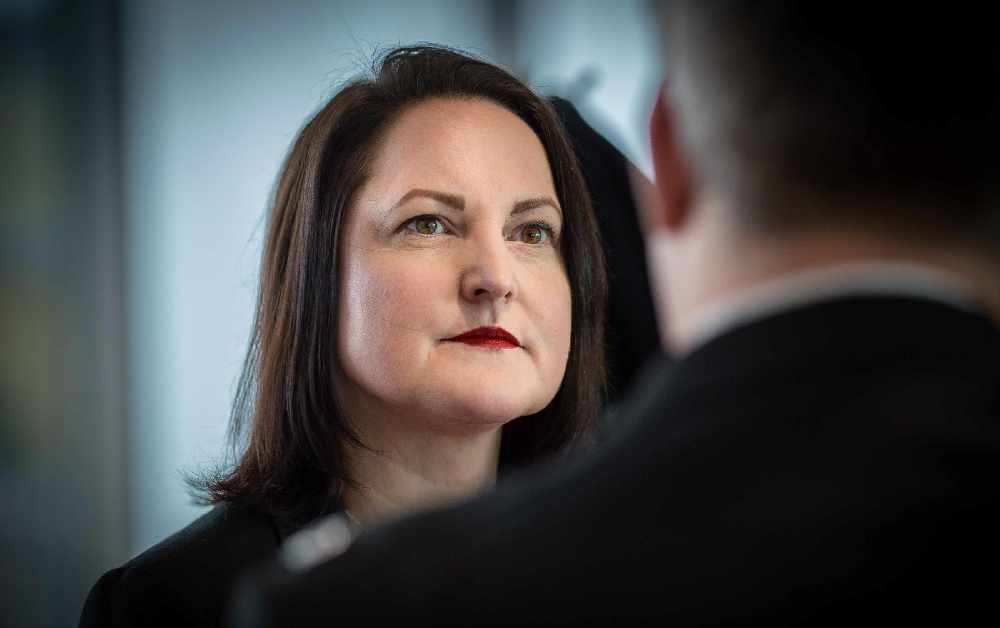 Police commissioner office borrows millions from fire service
Police commissioner office borrows millions from fire service
 Man wanted in connection with stalking reports
Man wanted in connection with stalking reports
 Memorial golf day marks milestone
Memorial golf day marks milestone
